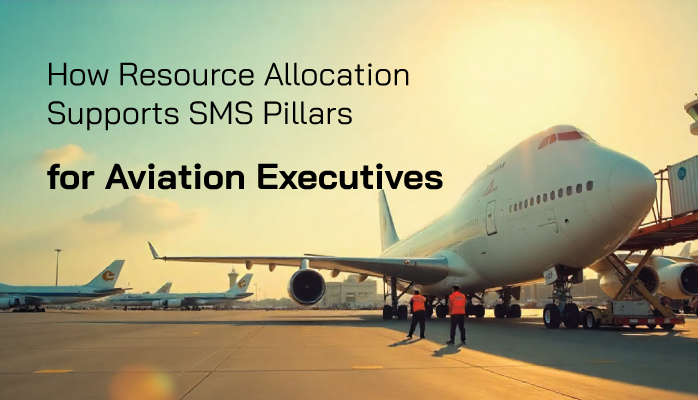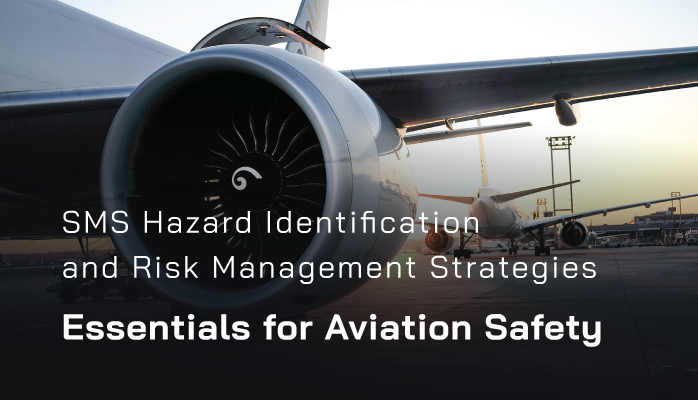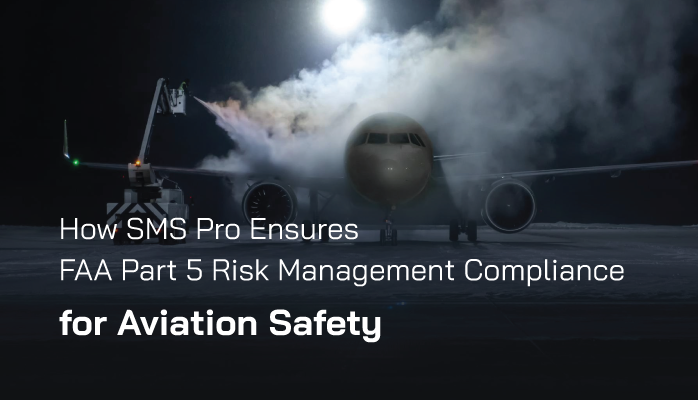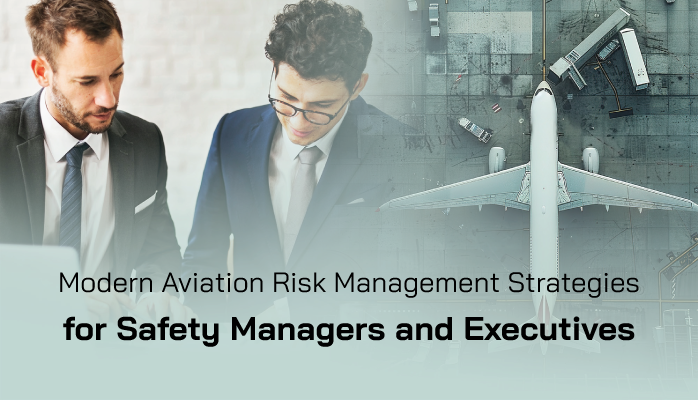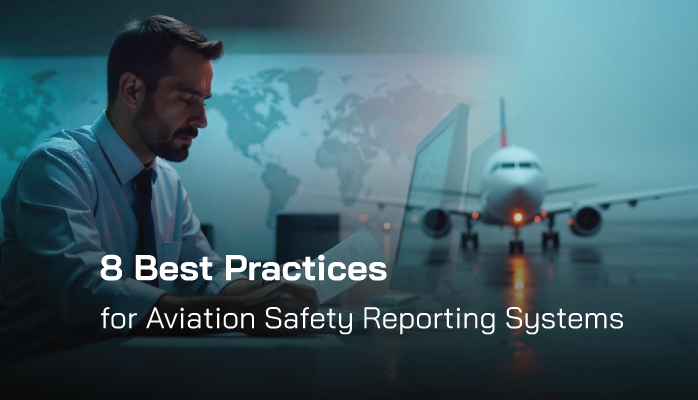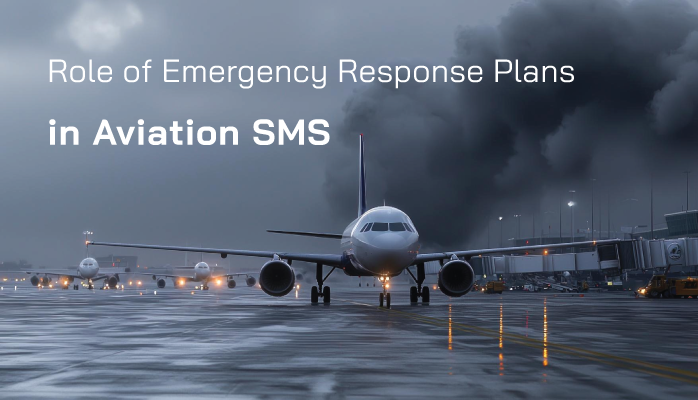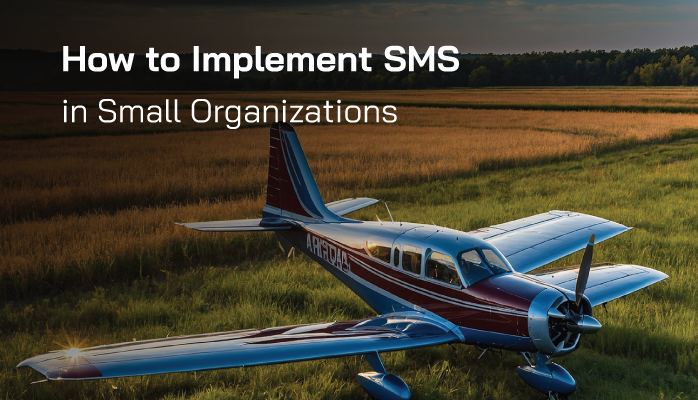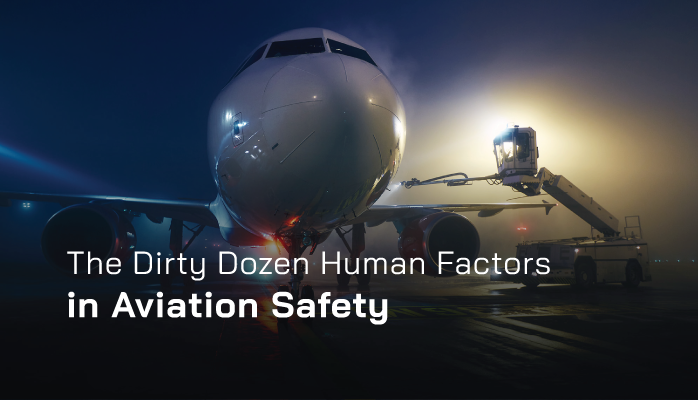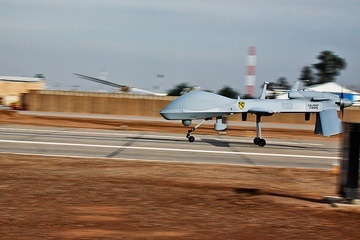SMS Pro Ensures FAA Part 5 Risk Management Compliance
What goes up, must come down. In the high-stakes world of aviation, safety is non-negotiable. The Federal Aviation Administration (FAA) mandates a top-down structured approach to safety through its Safety Management System (SMS) requirements under 14 CFR Part 5.
For aviation safety managers and accountable executives, compliance with these regulations—particularly the Safety Risk Management (SRM) pillar—is critical to ensuring operational safety, regulatory adherence, and a robust safety culture.
SMS Pro, a leading aviation safety management software, is designed to streamline and enhance compliance with FAA Part 5, specifically addressing the SRM pillar’s requirements.
